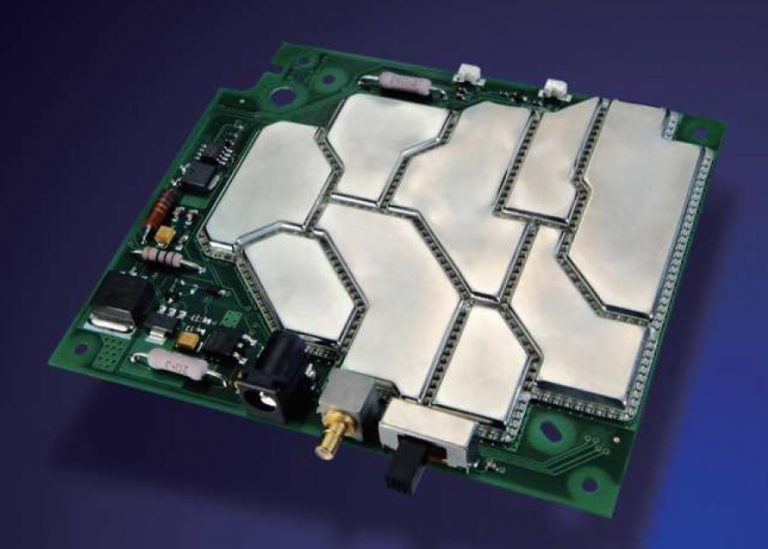
Obviously, if four different parts on the same board all come with different profile recommendations, you can’t please them all. Sometimes the datasheet for an individual part will include a recommended profile. The first step, of course, is deciding which profile to follow. So I think it’s well worth the time and effort to develop a procedure that allows you to replicate a profile with reasonable accuracy. I’m sure it is possible to successfully reflow a PCB without adhering to the profile, but I highly doubt that the results are consistent or of particularly high quality. Manufacturers do not formulate and publish reflow temperature profiles simply to entertain themselves.
It is nothing fancy-no convection, no infrared, no digital display. In this article we will cover preliminary information and techniques, and the next article will present a detailed procedure for compelling a toaster oven to obey the temperature profile of your choice. But you won’t get anywhere until you have a hot container in which to melt your solder paste, so first we need to focus on pressing an ordinary toaster oven into service as a reflow appliance extraordinaire. There are a few steps-along with plenty of tips and techniques-involved in the entire DIY PCB reflow process. But again, DIY reflow is achievable with little more than a cheap toaster oven, a tube of solder paste, and a system for measuring and recording temperatures.

It’s not easy, especially with tiny or small-pitch components, and it’s not an automated, defect-free, assembly-line sort of operation-your brain is needed to help the toaster oven control its temperature, and your hands may be needed to remedy a few solder bridges or “tombstoned” capacitors. Also, let’s say you decide to splurge on the initial assembly job-what happens when you need to replace that 100-pin microcontroller? Even if you have a hot-air soldering station to help you with this kind of rework, before long you will probably be wishing for a tube of solder paste and a reflow oven.įortunately, low-cost, simple, DIY reflow is perfectly achievable.
#Reflow profile professional
Professional assembly is rarely a feasible option: it is surprisingly expensive, especially for small quantities, and coordinating with the assembly house can be awkward if you are trying to use whatever stray components you have lying around your lab/office/garage/bedroom. Hand soldering is becoming increasingly burdensome-sometimes impossible-owing to the proliferation of miniscule components, leadless packages, and ball-grid arrays. This temperature feedback will enable you, the assembly technician, to accurately control the oven’s heating profile via simple, real-time adjustments.Īs you may know, surface-mount assembly can be a serious impediment for students, hobbyists, entrepreneurs, or anyone else who wants to design and test high-performance circuit boards without paying for professional assembly. In short, the system displays the current temperature and a graph representing the temperature history, as follows:
#Reflow profile how to
That article tells you how to build and use the system, and it provides links for downloading the microcontroller code and the Scilab script. In a previous article ( Make an EFM8-Based System for Monitoring and Analyzing Thermocouple Measurements), we developed an EFM8-and-Scilab-based system for collecting, recording, and displaying thermocouple temperature measurements.


With the help of a DIY thermocouple measurement system, you can use a cheap toaster oven to accurately reproduce a reflow-soldering temperature profile.


 0 kommentar(er)
0 kommentar(er)
